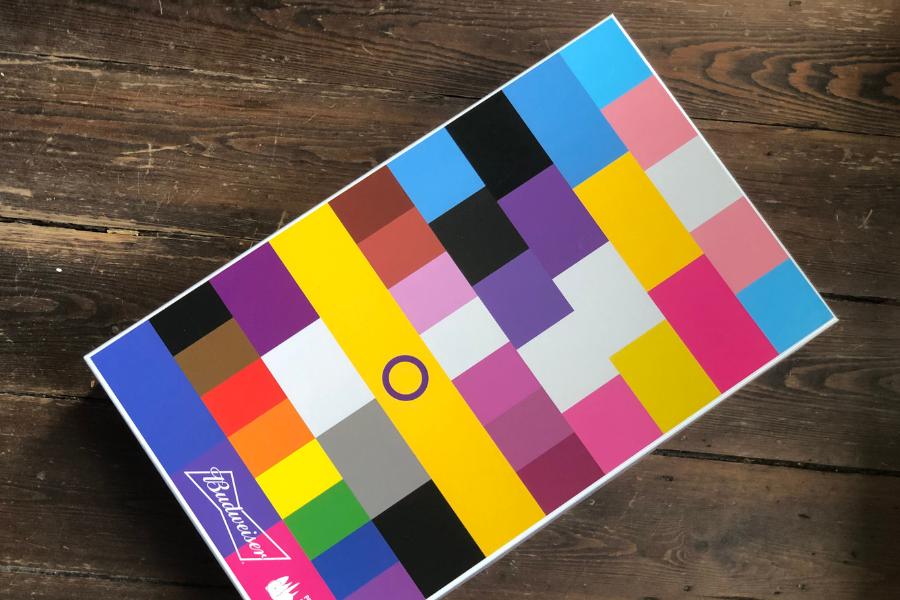
Although many of our packaging designs are based on branding colour schemes, we find colour theory is the foundation of effective branding and packaging – and it’s also fascinating.
Colour psychology in packaging uses colours to influence customers’ purchasing decisions and emotions. Colours can evoke feelings and shape a customer’s first impression of a product, even before they know what’s inside.
Research suggests up to 90% of a product’s initial impression is based on its colour.
Let’s look at some specific colour associations using examples of our packaging designs:
Bold Red
Red is associated with excitement, passion, and energy – perfect for making a bold statement.
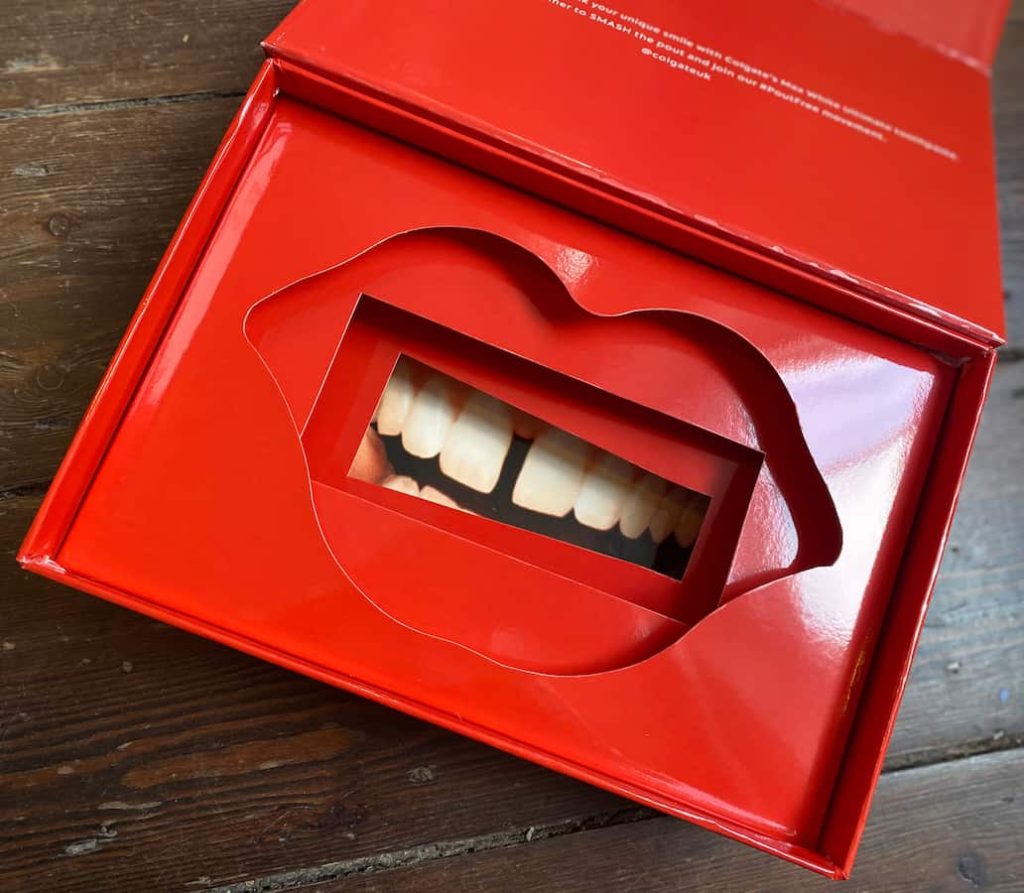


Eco-friendly Green
Green is often linked with nature and sustainability, making it a popular choice for brands that want to promote their organic products or suggest a sense of freshness.
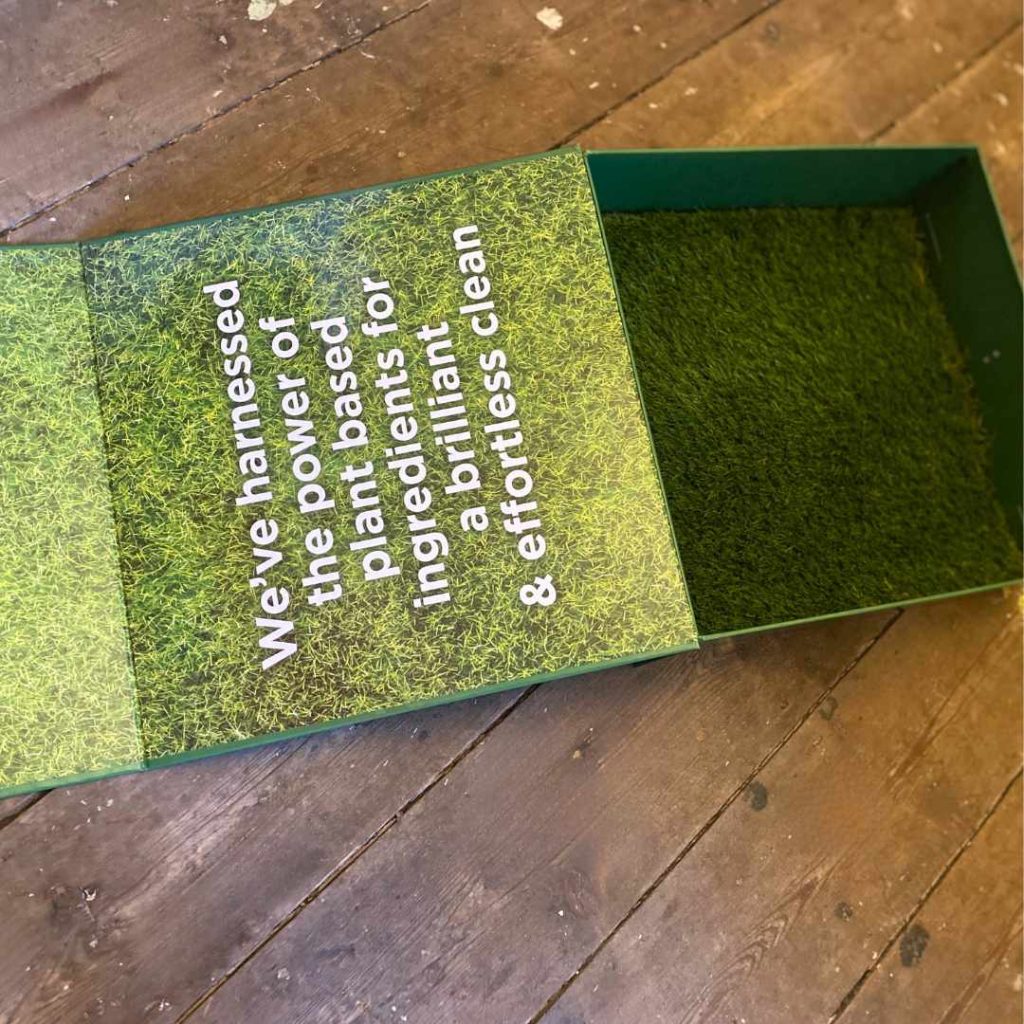


Sunshine Yellow
Yellow reflects innovation and happiness. It evokes feelings of optimism, making it a powerful choice for attracting attention and conveying positive emotions, especially when paired with a playful or energetic brand image.
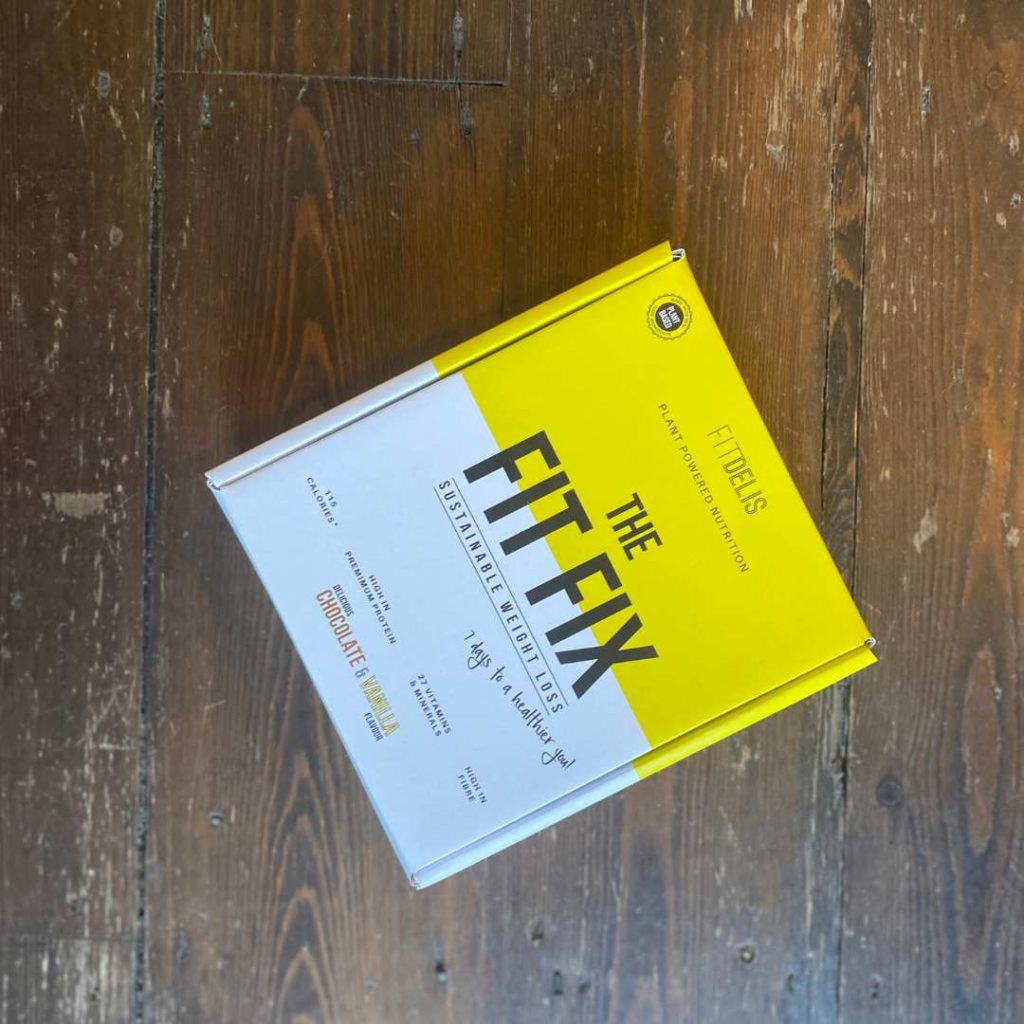


Gentle Purple
In packaging design, purple can be associated with luxury and creativity. When paired with gold and metallics, it can convey royalty, wisdom and drama. Light purple tones, like lilac, are associated with calming, gentle and more contemporary designs.
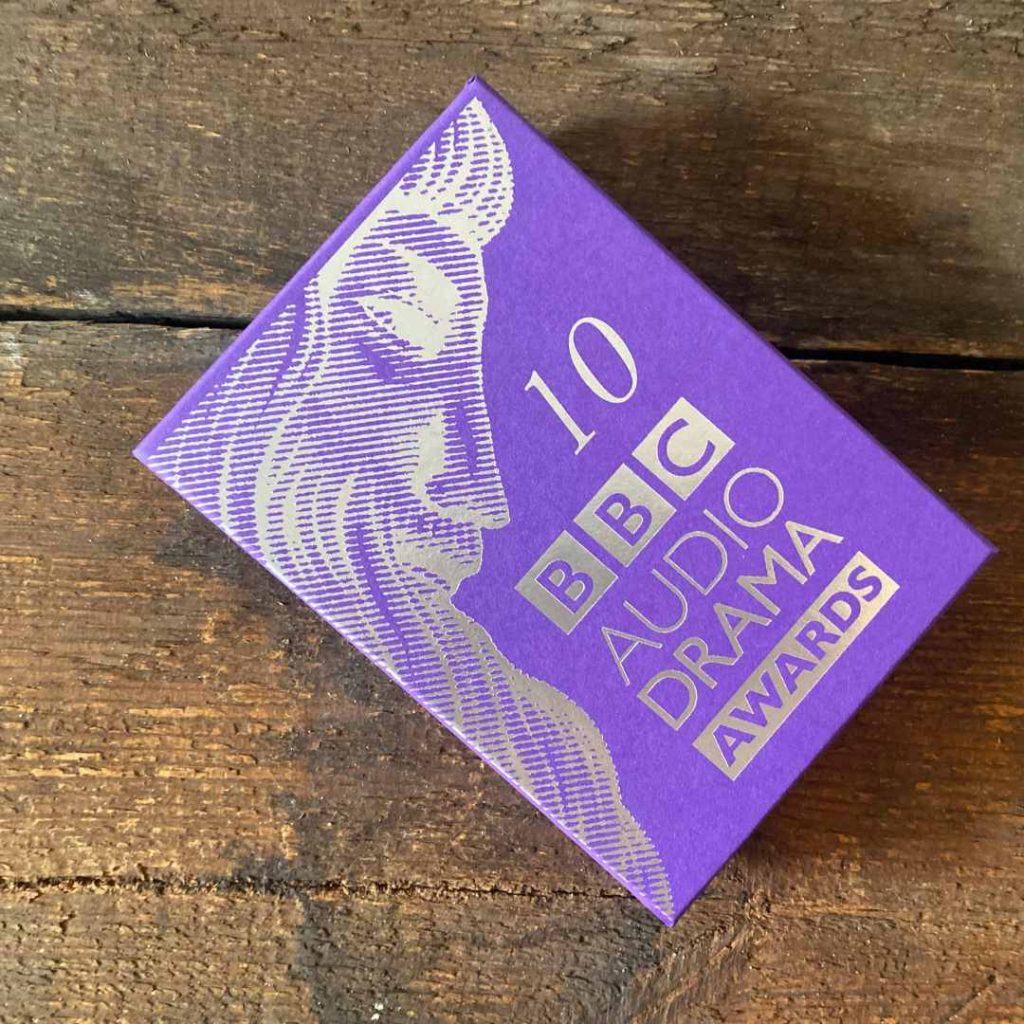


Royal Blue
Blue, and especially dark blue, is associated with luxury and professionalism. Lighter shades of blue are related to trust, calmness and dependability.
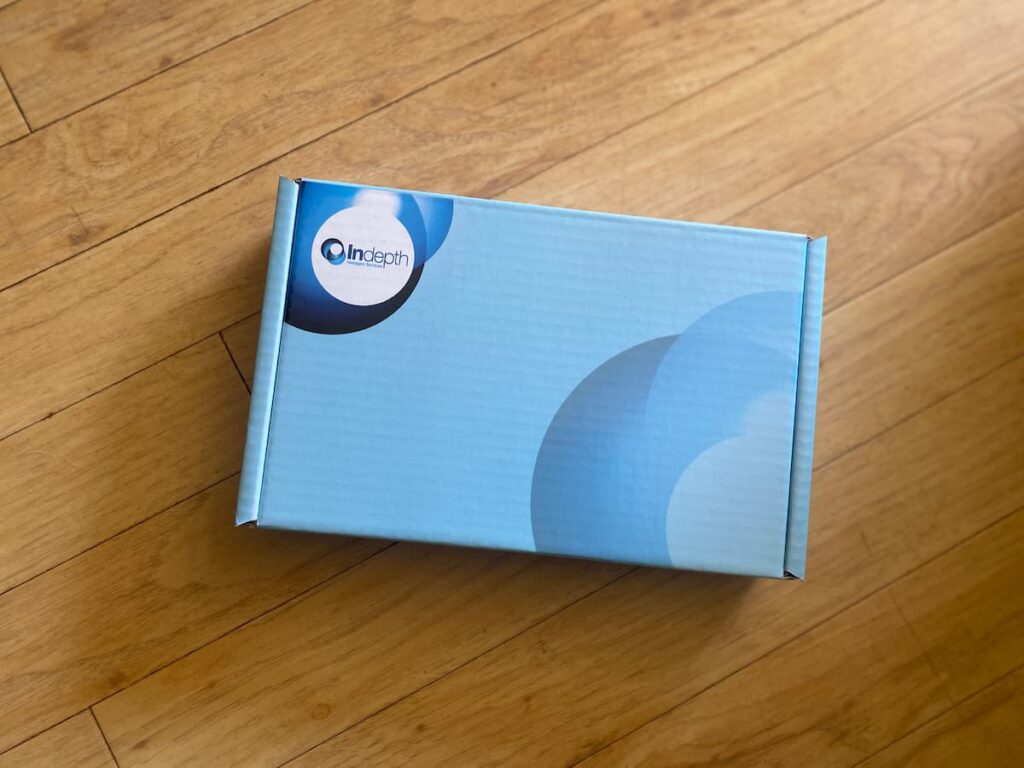


Colours tailored to your audience
Another key aspect of colour psychology is understanding that it goes beyond aesthetics. Effective packaging design tells a story and evokes feelings in the consumer. To achieve that, you need to know your audience and consider them when selecting colours – choosing those that appeal directly to your demographic.
We could share even more colours, but the main takeaway is: colours play a crucial role in packaging design. Different colours trigger different emotions, and by applying colour psychology, your next design can use colour strategically to reinforce the brand’s aspirations.